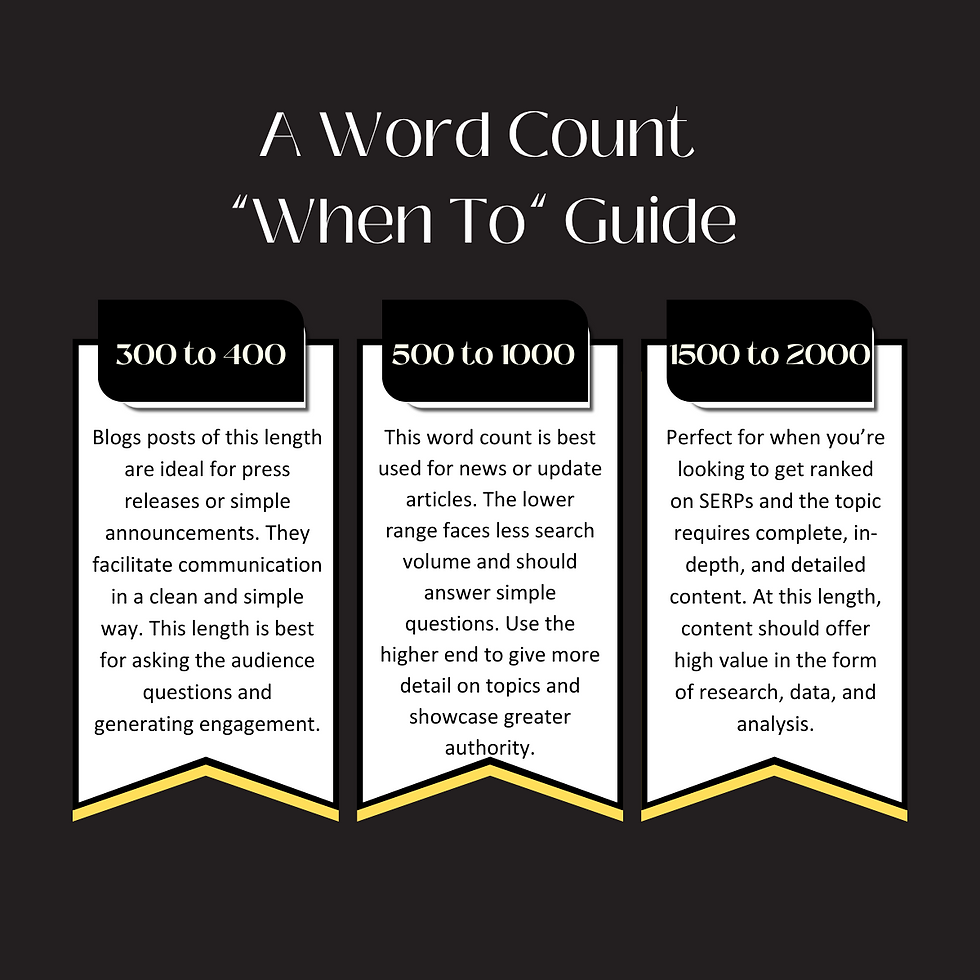Where to Start as a Freelancer
- Camille Belcon
- Jan 2
- 3 min read

If we can trust Google, we’re still in a creator’s economy, and if I can trust my daily affirmations, it’s never too late to start something new or for the seventeenth time. So, if you have been thinking of leveraging your skills into a source of income, read on to see how relative newbies like me and you can to do so.
Study
Maybe you have always been confident in your ability, or you’ve been regularly told how good you are at what you do. But have you actually looked at what it takes to create at a professional level? Let’s take long-form content writing for example. What’s the average word count per article or newsletter these days? Have you brushed up on SEO to get an article ranked? What does it take to find trending topics and spin them to fit the industry you want to write for? Or illustrate or design or create for? What companies do you even want to work for? In order to elevate from hobbyist to freelancer, get a handle on the details that apply to your creative arena.
Practice
Once you’ve established the standard you’re aiming for, it’s time to practice, because practise makes m’provement, m’kay? M’kay. If the blogs you want to write for hit 1000+ words per article or conversely, it’s a snappy 300-500 words, can you crank it out on demand? Start playing around with editing and design effects to emulate the visuals you aspire to. If the budget can swing it, invest in a course for a bit of a kick-start but there’s no way around preparing for the job you want to have.
Show your work
Literally, no one will know what you’re capable of unless you show and tell. And allow me to be the first to let you know, your first outputs will probably fall short of perfection. Shocker, I know. Remember, I’m a relative newbie and if you are too, that means a growth gap is expected. On the plus side, we all have the wide, open internet in which to grow and set up our skill “display stall” if you will. Once again, it doesn’t matter what your medium is – get on the platform(s) with the best work you’ve seen and start flagging down views toward your own.
Reach out
Depending on your personality, this might feel like the hardest part to execute. Or maybe you’re like me and will want to jump to this part without building on the previous steps. However, I don’t recommend cold calling without having a significant and time relevant body of work to show. But eventually, when you’ve built your portfolio, and you’ve made your presence known through engagement with the brands and people you want to work with (of which you’ll have a list because of the studying you did 😉), you’ll need to start pitching yourself. And you’ll be able to do so with the authority and confidence that comes from building your craft.
So where do we go from here? Well, I can decide to commit to a writing schedule (I’m thinking Wednesdays) and take my own advice following these steps. I already see where additional content can be generated by extracting points from this small post. As is always the way, it’s easier said than done but I remind myself that I can’t afford to not take action, not in this economy!
p.s. just for you, I've included a Word Count guide below for you to reference anytime you need to know your ideal word target.








Comentarios